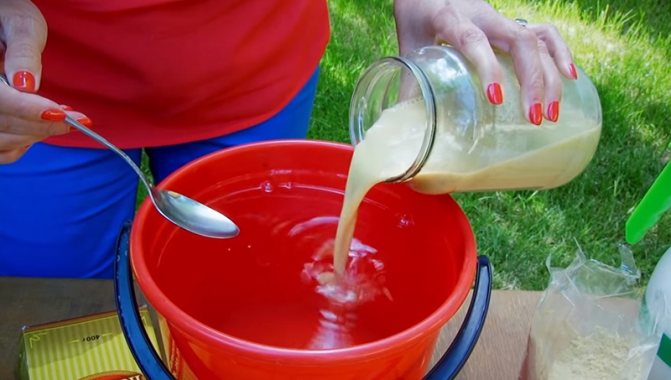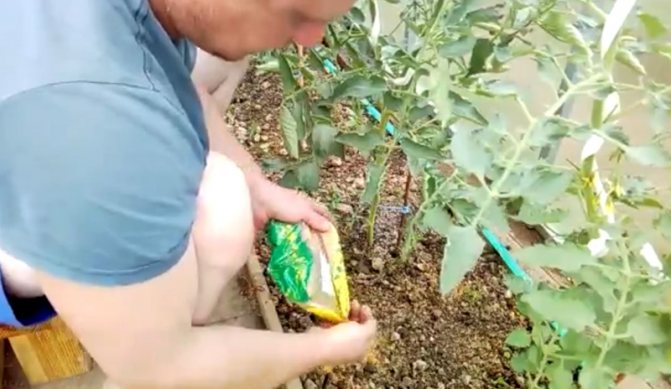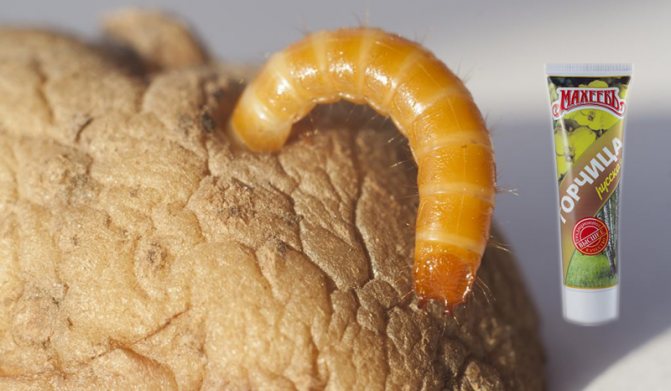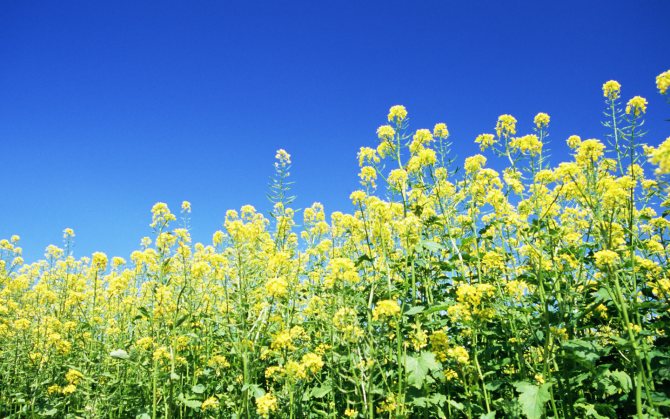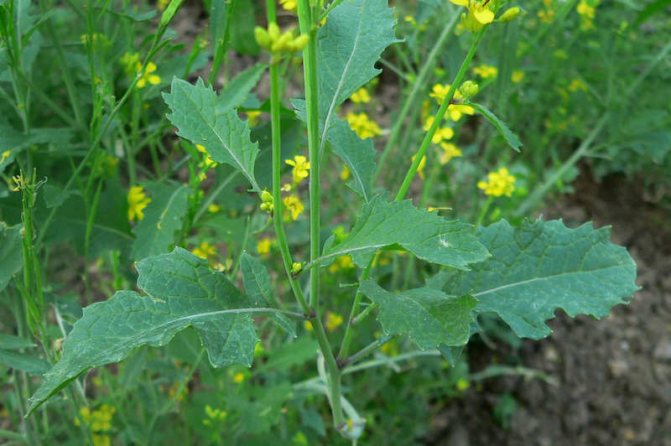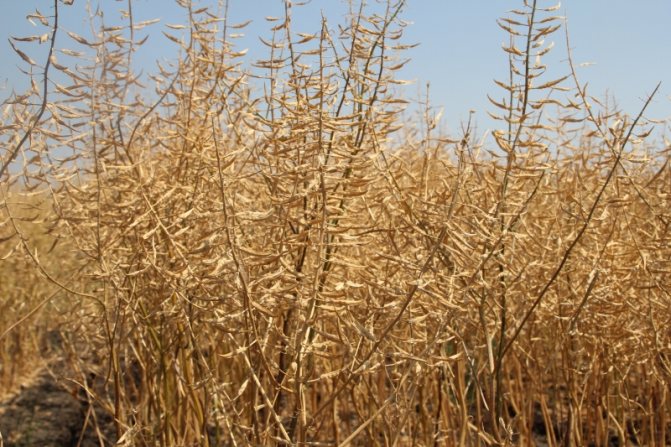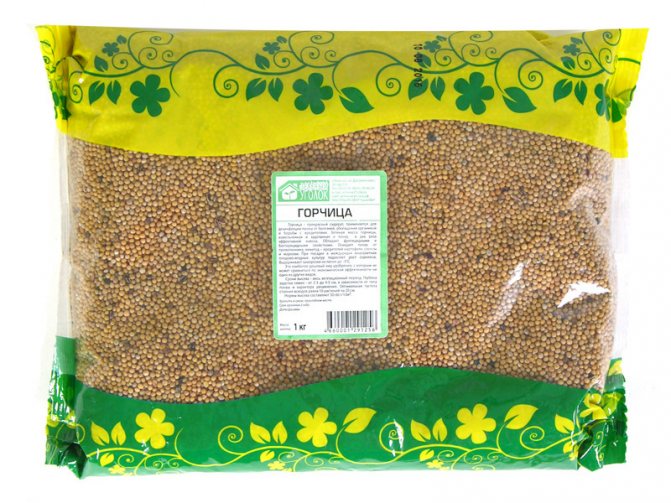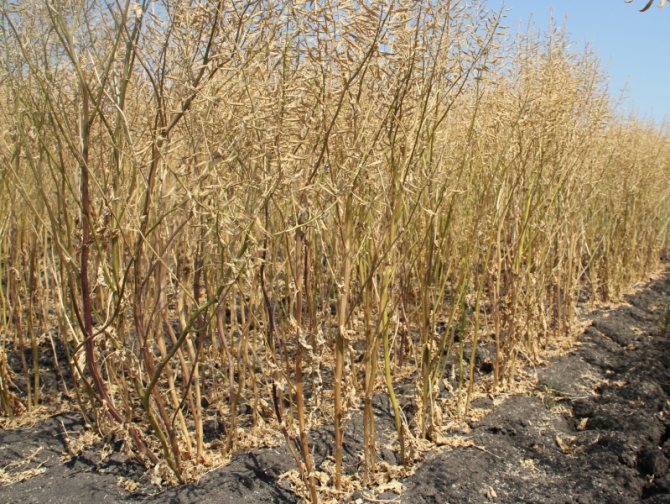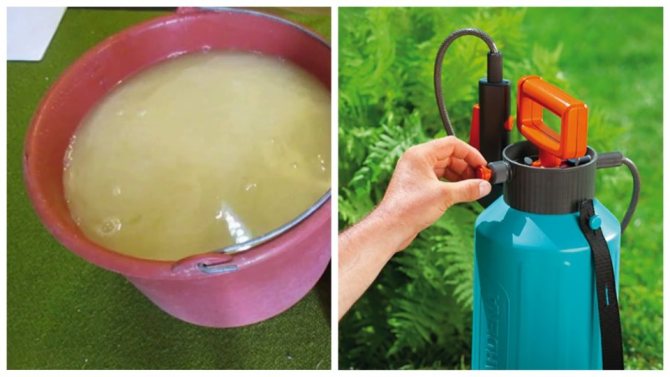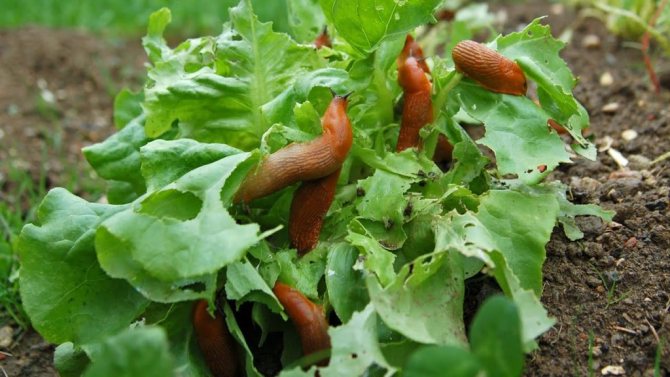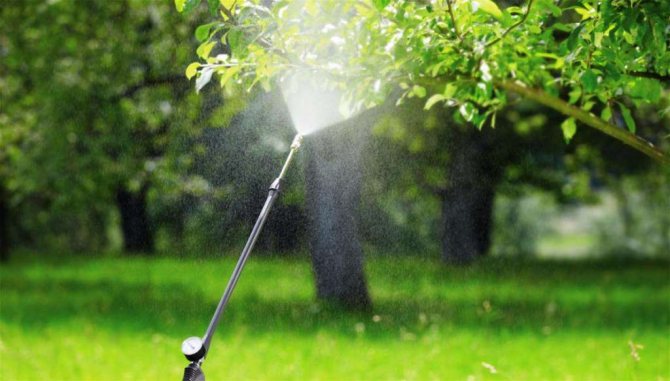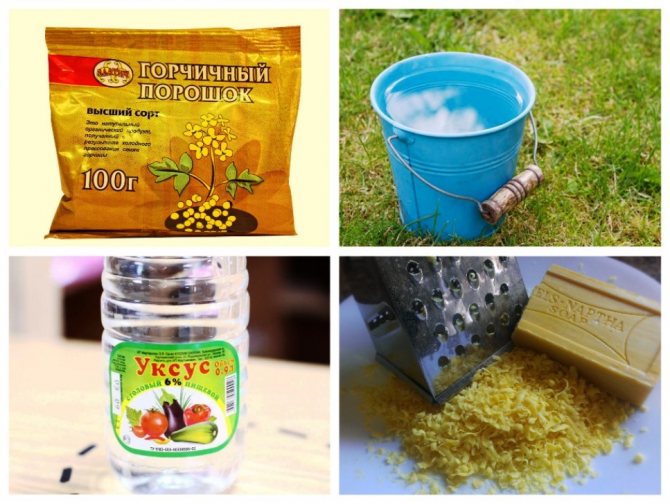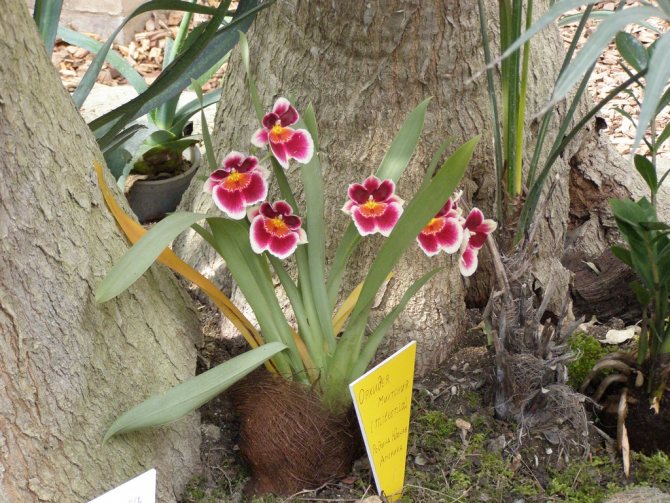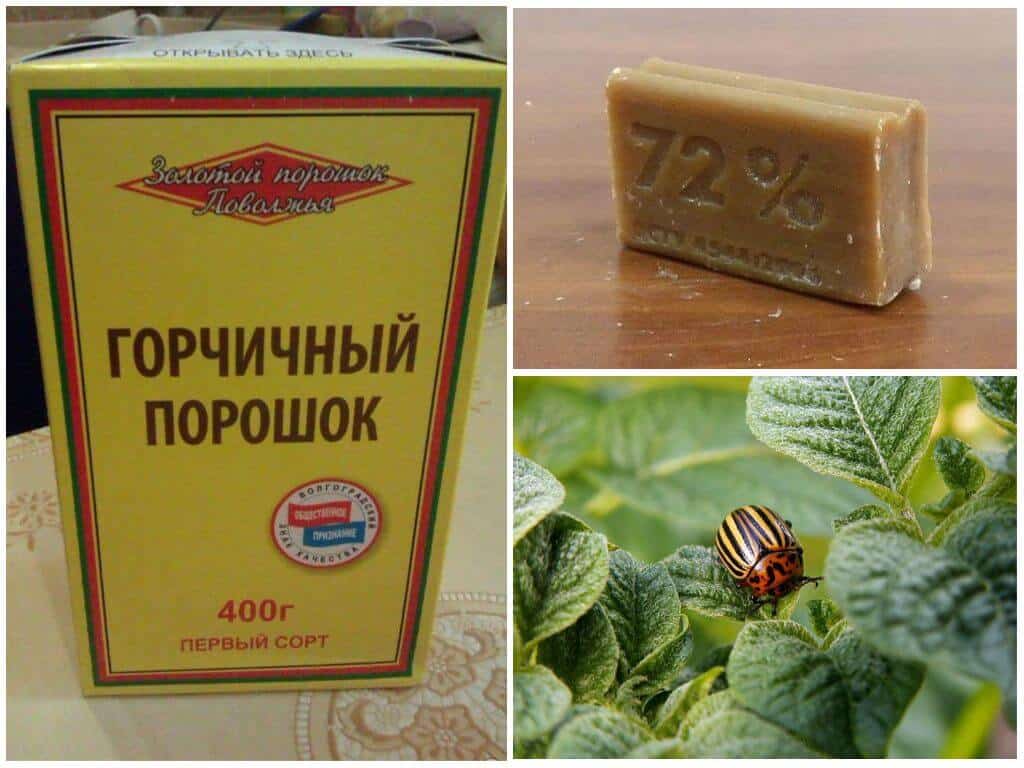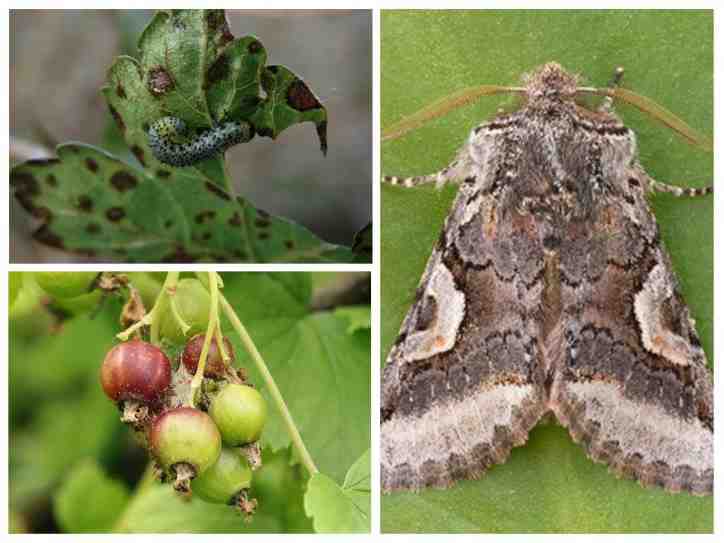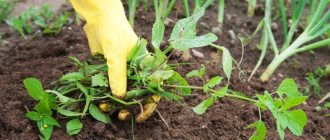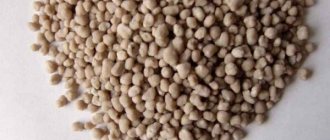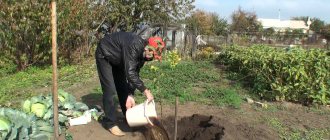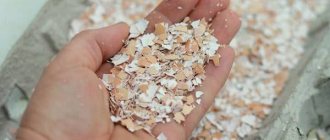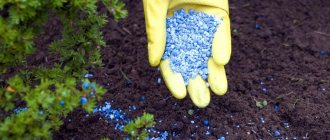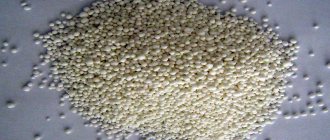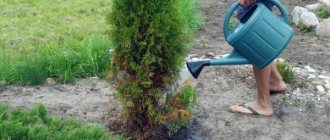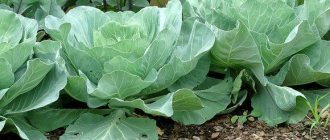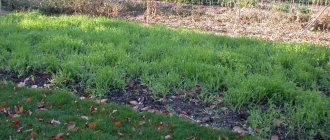For most people, the word mustard is associated with a seasoning that housewives add to culinary dishes; it is used in folk medicine in the treatment of colds, in everyday life, cosmetology, etc. However, she is also an excellent assistant at the summer cottage.
In the process of constant exploitation, the garden land is depleted, its composition becomes poorer. This leads to a deterioration in the development of cultivated plants, a decrease in the quantity and quality of vitamins, minerals and trace elements contained in fruits, berries and vegetables. The use of irrigation water also helps to wash out nutrients from the soil.
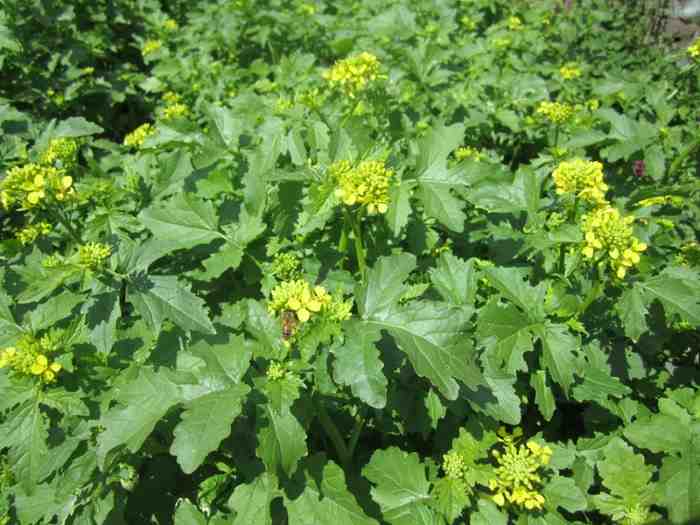
Mustard white
Therefore, to restore the qualitative composition of the soil, various chemical and organic fertilizers are used.
Mustard for the garden how to use
Mustard in the garden and in the garden is used as a fertilizer, disinfectant and pest repellent.
Two varieties are used as fertilizer: white and gray.
White mustard is excellent at restoring depleted soils. It has the ability to accumulate mineral compounds in the stem and leaves, which are in the soil in a poorly soluble form, and converts them into compounds readily assimilated by plants. After the green manure grows up, they dig up the area along with the grown plants.
In the process of plant growth, special substances are released into the ground that inhibit the development of moldy fungi, bacteria, etc.
Sowing seeds is carried out in mid-April or in late August-early September on free areas of the garden. Seedlings appear within a week. During flowering (4 weeks after planting), it is necessary to mow the planting and leave the cut plants on the site. During this time, the mustard stalks do not have time to coarse, so they lend themselves well to processing. If the planting of green manure was carried out in the fall, then the site can not be dug up.
Tomato tops
In the initial stages of the defeat of aphids on cultivated plants, infusion of potato tops will help to save them. Take 1.5 kg of fresh or 800 g of dry potato tops, put in a bucket and cover with water. After 4 days, strain the infusion. Add the resulting product to a spray bottle and spray the plants with it. To make the effect more pronounced, I recommend adding an additional 40 g of grated laundry soap.
Tomato tops are a proven highly effective aphid remedy. A decoction based on it can be successfully combined with infusions of garlic and onion husks.
Tomato tops are pre-dried in the open air under a canopy. Then it is crushed, placed in a small saucepan or bucket (depending on the required processing volumes), filled with clean water and put on fire. After the composition comes to a boil, boil the tomato tops for 30 minutes over low heat.
The resulting concentrate is filtered and diluted with clean water in a ratio of 1 to 5. Additionally, grated laundry soap will help to strengthen the composition.
Advantages of using mustard
Sarepta mustard - description
Due to its long roots, mustard can extract nutrients from deeper depths than many garden plants. Nitrogen, sulfur and phosphorus accumulated in the stems and leaves, after mowing the green manure, pass into the soil, and in an easily assimilated form.
Such fertilizer:
- ennobles the soil;
- disinfects the area, cleans it of phytophthora, scab, etc.;
- enriches the earth with trace elements, nitrogen and phosphorus;
- improves soil structure;
- creates a mulching layer that protects the soil from freezing;
- prevents weeds from growing.
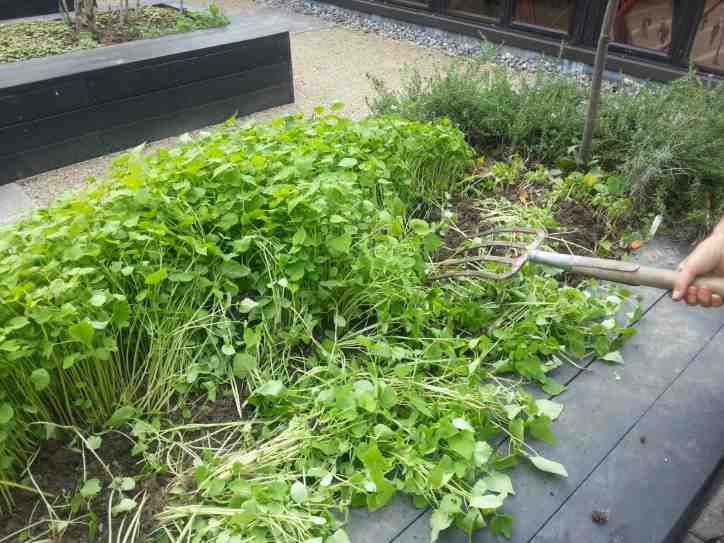

The use of mustard as a sederate
This plant is unpretentious and undemanding to the composition of the soil, it can withstand slight frosts.
You need to sow seeds according to the following scheme: 10-15 cm between seeds and 20 cm between rows. Planting depth - 1-1.5 cm. Seedlings appear in 3-5 days.
Attention! Since mustard belongs to the cruciferous family, the area where it is planned to grow cabbage, radish, lettuce, etc. cannot be pre-sown with siderat.
It is not recommended to plant the main crop earlier than half a month after digging, since the process of plant decay can slow down the development of vegetable plantings.
If the site has been intensively exploited for a long time, then there may be an insufficient number of microorganisms necessary for the decomposition of the mown green manure. In this case, appropriate additives are additionally introduced into the soil in the form of vermicultivated compost, which is rich in rapidly multiplying worms.
When growing vegetables using the greenhouse method, problems arise with crop rotation. If the greenhouse is intended for growing tomatoes or cucumbers, then after the garden season, bacteria that are dangerous for this culture accumulate in the ground. When planting tomatoes next year in the same greenhouse, early damage to seedlings and adult bushes with severe infectious diseases is possible. To disinfect the soil, you can plant mustard in the fall, after harvesting, which will destroy these harmful microorganisms. In this case, you can plant tomato seedlings in the greenhouse again the next year.


Greenhouse mustard
To enrich the garden land with micro- and macronutrients, it is better to use several different green manures together.
Preparing for sowing
Mustard is placed after cereals, annual grasses, clean and busy steam. After sunflowers, soybeans, sugar beets, mustard should return to the field after at least four years, and after other cruciferous crops (rape, cabbage, radish) - after 8 years.
- All oilseeds do not like overconsolidated or waterlogged soil. We sometimes use chiseling to avoid the formation of a plow sole, ”says Lyudmila Gorlova.
If mustard is to be sown in fields littered with perennial weeds, VNIIMK recommends to carry out layer-by-layer tillage: after harvesting the predecessor - disking to a depth of 6-8 cm, and 10-12 days after weeds regrowth - ploughshare or flat-cut processing by 10-12 cm ...
In the main cultivation of the soil, you can add 50-70% nitrogen fertilizers along with phosphorus and potash. The rest of the fertilizers are applied at the cultivation stage.
Presowing cultivation is carried out to a depth of 3-5 cm at the first opportunity to leave the field, but without prejudice to the quality of the work performed.
The main requirement at this stage is that the soil should be fine crumbly and even. Mustard has small seeds, so if the soil surface is not leveled, it will not be possible to get friendly shoots.
Using mustard against garden pests
Mustard plant - how to plant
The plant is an excellent natural insecticide, so mustard can be used to protect the garden from harmful microorganisms, fungi and insects.
In the garden, mustard is effectively used to protect trees and shrubs from the following pests:
- fire flames;
- sawyer;
- aphids;
- moths;
- thrips, etc.


Fire in the garden
The treatment of trees and shrubs from pests is usually carried out using spraying. To prepare the infusion, take 100 gr. powdered mustard and pour it with a bucket (10 l) of boiling water. The resulting mustard composition is kept for a day. Then a soap solution is added to it in a 1: 1 ratio. For its manufacture, take 40-50 gr. laundry soap, rub it on a grater and fill it with a bucket of water.
Soap in solution is necessary for the mustard to stick better and stay on the leaves longer.
Fruit trees and shrubs are treated with a ready-made solution. Processing is carried out after the end of flowering, in early summer. Many gardeners carry out repeated spraying with a break of 2-3 weeks. The first is carried out 10-15 days after the end of flowering, the last – 2 weeks before harvest.
Mustard versus Colorado potato beetle
Colorado beetles bring a lot of trouble to gardeners, which destroy not only potato plantings, but also tomatoes, eggplants, etc.
Therefore, in order to obtain a good harvest, it is necessary to protect the potato plot from this insect. The greatest danger for planting is not even so much the adults as the larvae. The difficulty for gardeners is that beetles and larvae tend to get used to certain pesticides. Therefore, if last year a certain drug proved to be excellent against pests, this does not mean that this same drug will also fight well against them.
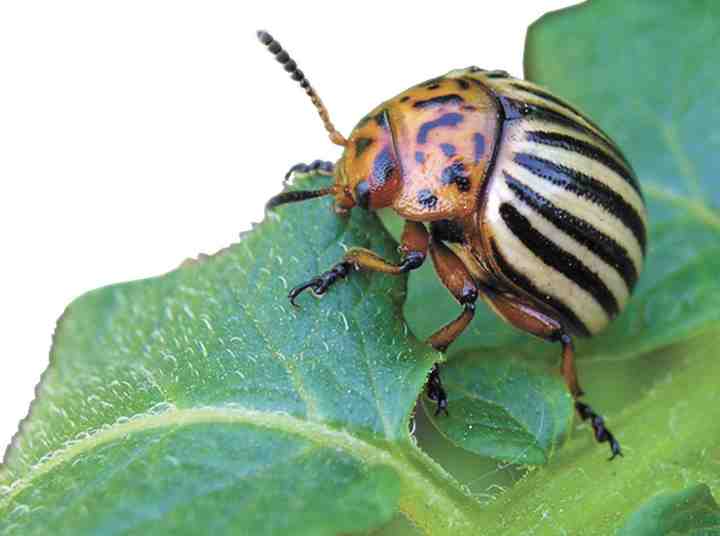

Colorado potato beetle on a potato leaf
Attention! Beetles cannot be addicted to mustard solution.
The principle of action of the drug is that insects do not tolerate the mustard smell. Therefore, the beetles bypass the area treated with mustard.
The advantages of using a mustard solution from the Colorado potato beetle on potatoes also include the fact that mustard powder is compatible with various pesticides, so the potatoes can be processed with other preparations simultaneously with spraying with mustard composition.
So that the folk recipe has a stronger effect, and the mustard does not wash off the leaves of the plant longer, laundry soap is also added to the solution (50 grams per bucket of water).
In addition, you can add 100 grams to the product. acetic acid. In this case, the vinegar, penetrating inside the larva, destroys it, burning the internal organs of the bug.
Be sure to strain it before pouring the solution into the spray bottle.
Also, dry mustard in the garden and vegetable garden can be used to protect green spaces. It is used when there is no desire to start preparing a solution and spraying the area. In this case, the potato leaves are simply sprinkled with dry mustard on top.
Another option for protection – planting potatoes with a number of mustard.
Gardeners may not even doubt whether or not they can plant mustard and potatoes. If a mustard bed is arranged between the rows of potatoes, then good protection of the potato bushes will be organized, since the smell of fresh mustard affects insects in the same way as the smell of dry powder.
Mustard versus wireworm
Another of the enemies of the potato that you can fight with this plant is the wireworm. This pest is a click beetle larva.
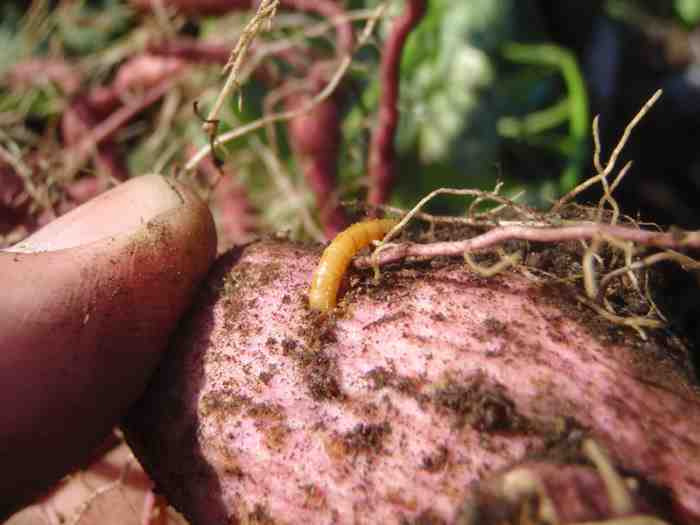

Wireworm-damaged potatoes
If there is a large amount of pest in the ground of the summer cottage, then you can use mustard when cleaning the area from the wireworm.
To protect the site, you can plant a plant in the aisles of tomatoes or potatoes. In this case, the specific smell will scare off pests, and the mustard roots will simultaneously loosen the top layer of the soil.
You can also irrigate garden plants or water the beds with mustard.
Since the wireworm moves in the soil and infects the potato tuber, gardeners pour dry mustard powder into the hole to repel the pest.
Mustard from wireworm on potatoes, used in the form of green manure, has proven itself well.
The best planting time is spring (April) or autumn (after harvest). After the plants are embedded in the soil, it is saturated with mustard oil. After that, the site will be ready for planting potatoes.
Mustard from aphids on currants
If currant bushes grow in the garden, then its leaves often suffer from the invasion of aphids. This leads to inhibition of plant development, deterioration in the quality and quantity of the crop.
Red currants are affected by hairy and red-gall aphids. In places of defeat, red swellings appear on the leaves. Black currant suffers from the shoot gooseberry aphid. In this case, the leaves are curled into a tube.


Aphids on currants
The pest reproduces best in dry and hot weather.
For preventive and therapeutic purposes, gardeners use mustard from aphids. Before spraying the bush, prepare the following solution: 100 gr. powder is dissolved in 10 liters of hot water and infused for 24 hours. Next, the infusion is diluted with another 10 liters of water and 1/3 of a bar of grated laundry soap is added to the liquid.
This composition is sprayed with a disease bush. Processing should be carried out no earlier than 2 weeks after flowering. For the convenience of work, a sprayer or sprinkler can be used.
The use of mustard for slugs
These pests love moist soil, thickened plantings. Slug damages strawberries and strawberries.
To destroy them, prepare a solution of 150 grams. dry mustard powder and 10 liters of water. Next, the affected bushes are treated from above with a sprayer.
You can also sow mustard between rows.
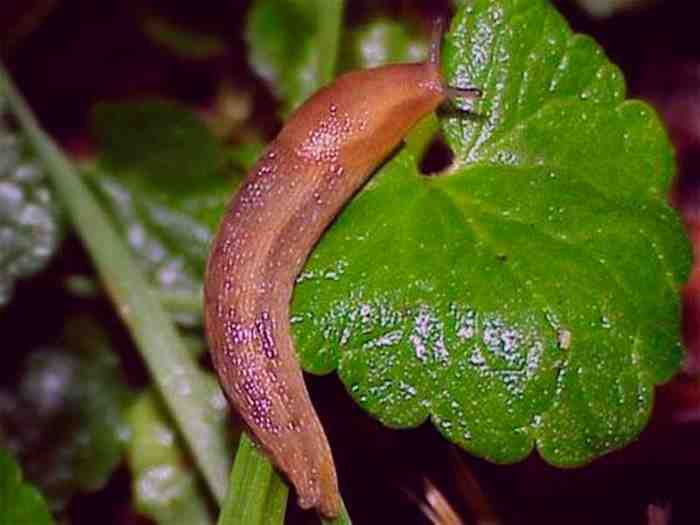

Slug
Slugs and snails
These gastropods can literally flood a summer cottage. If not all, then a lot will be devoured. Garden paths and plants will be covered with many shiny footprints that are especially visible in the sun.
Strawberries, potatoes, white cabbage, radishes (they eat up the leaves so that you can forget about the harvest!), Legumes (I even ate experimental lentil bushes to the skeletons), tomatoes will suffer.
I recommend dusting the ground with mustard powder, especially in the aisles. You can enhance the effect by mixing the powder with ground hot pepper and powdered wood ash in a ratio of 1: 1: 1.
The effect will be about the same as if hot pepper got into your eyes. The slug is in close contact with the surface and will immediately feel the moment when the earth literally begins to "burn" under it.
Folk recipes for using mustard
White mustard - like green manure when sowing
Some more ways to use mustard at their summer cottage:
- 1/2 cup of iodized salt and the same amount of dry mustard are diluted in a bucket of water and poured on onions with this composition. Such a solution can be used to prevent onion damage with powdery mildew and onion fly;
- 100 g mustard powder and salt are dissolved in 10 liters of warm water. It is useful to water the beet plantings with this solution. Watering is carried out 2 times per season: 1 time - in the phase of the appearance of the first true leaves, 2 times - two weeks before harvesting;
- 1 tbsp. a spoonful of mustard powder and 70% vinegar are diluted in 1 bucket of water. Perfectly helps in the fight against flea that affects radishes, radishes or cabbage.
The use of mustard cake
After pressing the mustard oil, there remains a cake, which can also be used in gardening.
Part of the oil is squeezed out, and part of the mustard remains in the cake. Therefore, the substance is rich in protein, essential oils and trace elements. Summer residents use it in feeding and disinfecting the site.
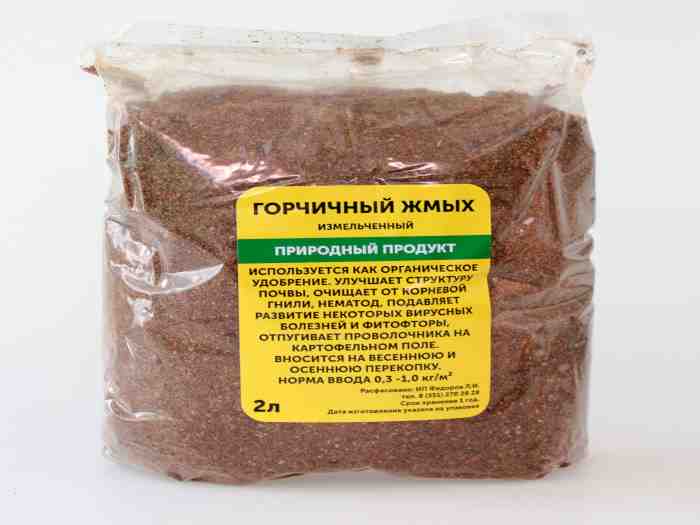

Mustard cake
It is best to apply the cake in the fall, since it will take at least 3 months for complete decay. If added in the spring, then it will act as a disinfectant, mulch and an agent that improves the structure of the soil.
Noticed. After applying the cake to the soil, the wireworm disappears after about 10 days or even earlier.
It is recommended to add from 100 to 1000 gr. substances per 1 m2. After that, the site is dug up.
Laundry soap
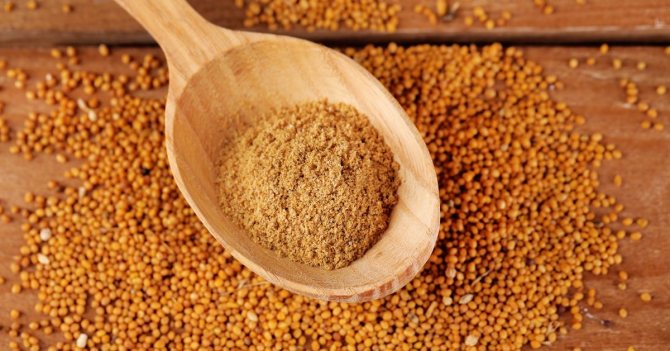

On many country sites and forums, you can find a lot of information about green soap. It is used not only to protect cultivated plants from pests, but also to prevent many diseases.
For a standard 10 L bucket of water, take 250 g of green soap. Pour an additional 20 g of mustard powder into the resulting mixture. You can also add some copper sulfate.
The resulting composition of the plant can be processed no more than 3 times during the summer season.
Laundry soap, prepared according to the classic recipe, destroys all varieties of aphids found in vegetable gardens. To prepare a working solution, grate a 200 g bar of soap, completely dissolve the resulting flakes in warm water. You can strengthen the composition with wood ash and onion peels. The product is completely safe for plants and humans.
Rules for the use of mustard solution
In order to use the drug most effectively, you need to adhere to the following rules:
- Spraying is best done in the evening, then the risk of sunburn for garden plants will be minimal;
- The weather should be warm and calm;
- The maximum benefit from processing will be if the potato leaves are abundantly moistened with a solution. The deterrent effect lasts about 4 days;
- It is recommended to spray the potatoes one last time about 20 days before harvest.
Mustard powder is easily washed off with rain water, does not accumulate in berries and fruits, does not harm leaves and young shoots. Therefore, the treatment with mustard of the site from pests can be recommended to everyone who loves truck farming and gardening. Thanks to this plant, your summer cottage will be free from many pests without the use of pesticides.
Weed control
Mustard is an excellent weed killer. Even if the area is heavily weedy, you can get rid of them using a mustard-based suspension. To prepare a suspension in a bucket of water, dilute 8 tablespoons of mustard, immediately after mixing, pour over the area. Regular use of the suspension will allow you to permanently clear the area from weeds and excess thickets.
Important! Suspension from weeds should not be defended; it is necessary to treat the weeds with a solution immediately after preparation!
Vinegar
It will help get rid of cruciferous flea beetles.
will save you from the moth.
Add 2 tbsp. tablespoons of vinegar essence in 8 liters of water immediately before processing. Spray radish and cabbage shoots liberally.
200 g of apple cider vinegar, fermented for 3-4 days, dilute with 3 liters of water.
How to use it?
At a height of 1.5-2 m, hang such jars with such a solution on the branches of the apple tree. The apple moth is collected in jars. Change traps once a week.
When to process?
Application from pests and diseases must be carried out correctly, only in this case it will be possible to achieve a positive result. Key recommendations:
- The first processing should be done in April, when the night frosts stop and the daytime temperature does not drop below 10 °.
- The last treatment is in the fall, before harvesting. An important condition is that during this period the weather is still relatively warm.
Important! Mustard powder is well washed off from fruits, is not able to accumulate in the peel, does not harm the human body when consuming the crop. Experienced gardeners / gardeners recommend starting to process crops from mid-April, with an interval of 2-3 weeks. The last mustard treatment should be no later than a week before harvest.
In order to treat the soil with fresh mustard enriched with useful microelements next year, it is recommended to sow it before the beginning of the winter period. Moreover, the seeds should be planted deep enough, and the soil should be dry and loose. The greenery of the culture will sprout from early spring. Before sowing, it is advisable to water the plot of land with Baikal water.
In the event that mustard is planted annually on the same plot, before its next embedding, it is necessary to fertilize the soil with compost with earthworms. Otherwise, the grown mustard will not have a sufficient amount of useful microelements.
Hot bitter pepper
It will rid the area of aphids and thrips, openly living small caterpillars, larvae of beetles, suckers and slugs.
1 kg of chopped fresh pods are infused in 10 liters of water for 10 days (in an enamel bowl). Use the resulting infusion in a ratio of 100 g per 10 liters of water of the finished solution. Add 40 g of soap.
Boil 100 g of dry pods in 1 liter of water for 2 hours under a lid. Dilute to 10 liters of solution.
Boil 100 g of freshly chopped pods in 1 liter of water for 1 hour over low heat. Insist for two days in a glass container. For spraying, 50 g of the infused broth is diluted in 10 liters of water.
Spreading pepper over the soil in the aisles of redis and cabbage, they scare away blobs and cabbage fly.

